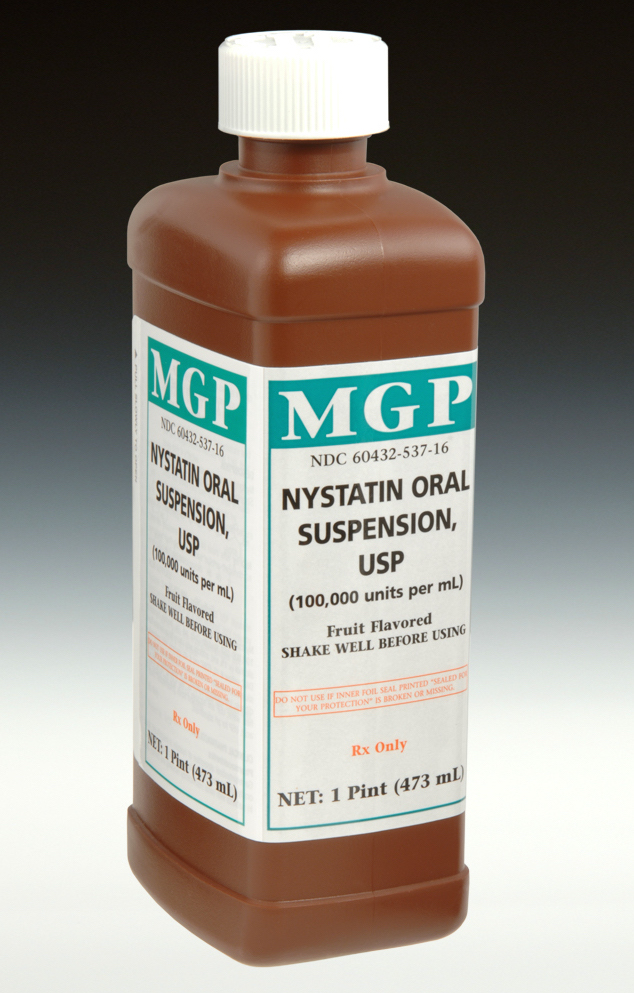

Most importantly, treating the HIV is important for controlling the esophageal thrush. People with late-stage HIV might need a stronger medication, such as amphotericin B. If your infection is slightly more severe, you may receive an antifungal medication called fluconazole delivered intravenously in the hospital. The medication can come in a variety of forms, such as tablets, lozenges, or a liquid that you can swish in your mouth like mouthwash and then swallow. This prevents the fungus from spreading and works to eliminate it from the body. The goals of treating esophageal thrush are to kill the fungus and prevent it from spreading.Įsophageal thrush warrants systemic antifungal therapy, and an antifungal medication, such as itraconazole, will likely be prescribed. They can also have the distinctive white lesions associated with thrush. While babies can’t say if they’re feeling bad, they may become more fussy and irritable. If you experience these conditions, you should watch your baby for signs of infection. significant pain when nursing or pain between nursing sessions.stabbing pains felt deep within the breast.especially red, sensitive, cracking, or itchy nipples.white lesions on the roof of your mouth, tonsils, and gumsīreastfeeding moms can experience Candida infection of the nipples, which they can pass on to their babies.creamy white patches on the inside of the cheeks and on surface of the tongue.It’s also possible for esophageal thrush to spread to the inside of your mouth and become oral thrush. white lesions on the lining of your esophagus that may look like cottage cheese and may bleed if they’re scraped.The symptoms of esophageal thrush include: Identifying the symptoms of esophageal thrush use a steroid inhaler for conditions like asthma.take certain medications, such as antibiotics.There are other risk factors that make someone more likely to develop this condition. Developing esophageal thrush this way is uncommon. Infants can also develop oral thrush from breastfeeding if their mother’s nipples are infected. More importantly, uncontrolled diabetes also hurts your immune system, which allows for candida to thrive.īabies who are born vaginally can develop oral thrush if their mothers had a yeast infection during delivery. If you have diabetes, there’s often too much sugar present in your saliva. People with diabetes are also at an increased risk of developing esophageal thrush, especially if their sugar levels are not well controlled. According to the Centers for Disease Control and Prevention (CDC), 20 percent of all people with cancer develop the condition. Having AIDS is the most common underlying risk factor. People with compromised immune systems, such as those with HIV, AIDS, or cancer, and older adults are at a higher risk. Most doctors recommend that you continue to use the drops for two days after your symptoms have gone - a typical course of treatment will last around seven days.If you’re healthy, it’s unlikely you will develop this condition.Try to take the correct number of doses each day but do not take two doses at the same time to make up for a missed dose. If you forget to use the drops, have a dose as soon as you remember.This is to prevent the medicine from being washed out of your mouth too soon by anything you eat or drink. It is recommended that you use the drops after mealtimes.The longer the medicine is in contact with the site of infection the better. Swish the suspension around your mouth a little and then keep it on the affected areas for as long as possible before you swallow. Use the dropper to drop the liquid inside your mouth near to the affected areas but try not to touch your mouth with the dropper as you do this. Shake the bottle well before you use the drops.Your doctor will tell you how many droppersful (ml) to use for each dose. Space the doses evenly throughout the day. Use the suspension exactly as your doctor tells you to.If you have been given any additional information by your doctor, please read this also. It will give you more information about how to use nystatin drops. Before you start the treatment, read the manufacturer's printed information leaflet from inside the pack.


 0 kommentar(er)
0 kommentar(er)
